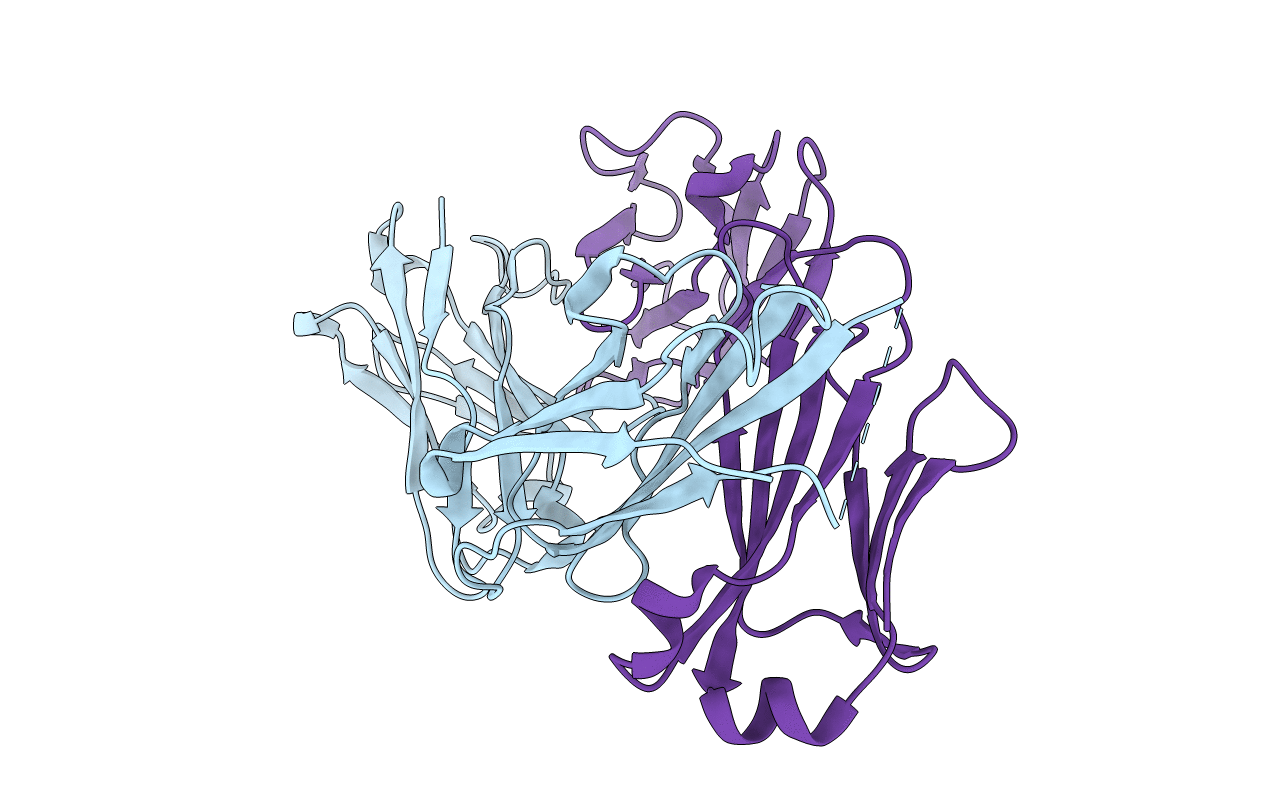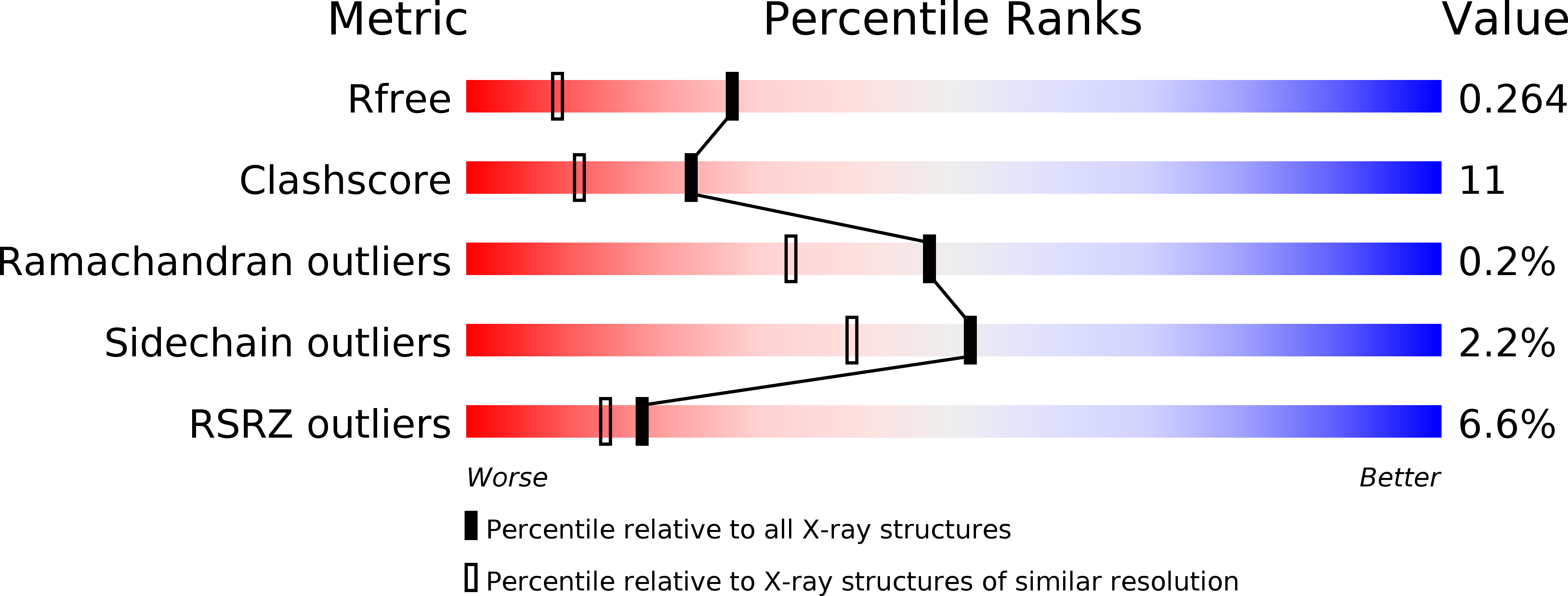
Deposition Date
2008-04-18
Release Date
2008-09-23
Last Version Date
2024-10-16
Method Details:
Experimental Method:
Resolution:
1.80 Å
R-Value Free:
0.26
R-Value Work:
0.21
Space Group:
P 1 21 1


